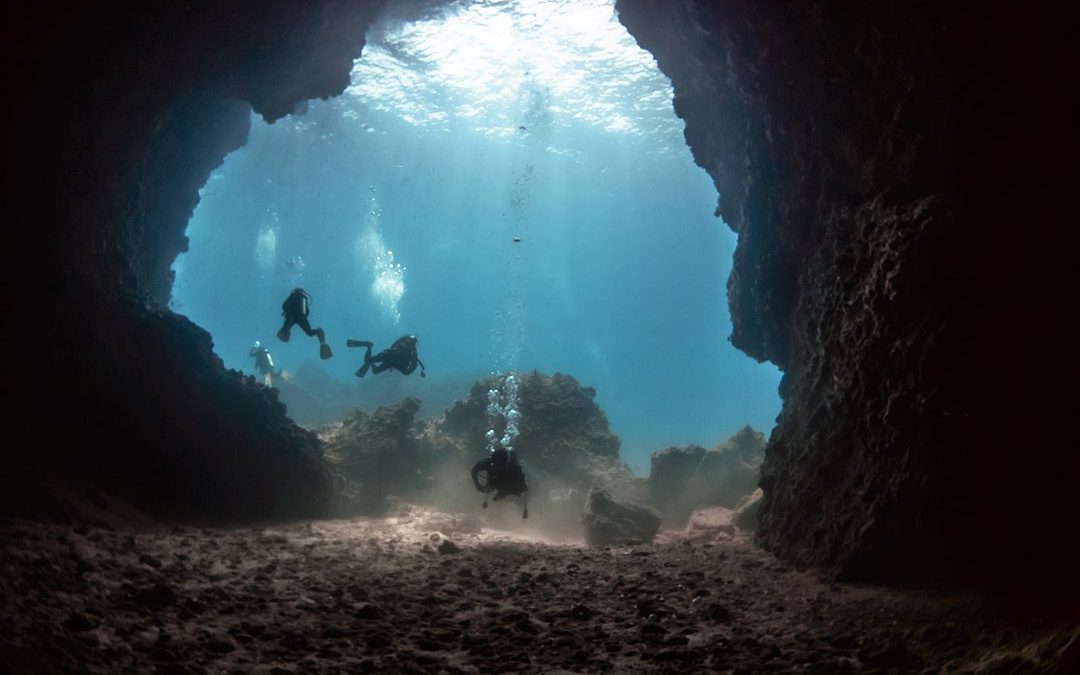Established in 1990, Mu Ko Lanta National Park consists of 16 major islands that cover about 134 sq. km, the largest of which are Ko Lanta Noi and Ko Lanta Yai. Home to nomadic gypsies, rainforests, and mangrove orchards, the park is a great window into the flora and fauna of Thailand’s natural habitats.

Wildlife
The National Parks on the island are host to many species, but the most prevalent are the bird species, of which there are over 130 variants. Also, there are various mammal species that the park is famous for, such as the flying lemur, and crab-eating macaques.
Natural Formations
There are several impressive formations of rock and water on these islands. At Ko Lanta Yai, the northern and eastern sides contain the Tham Khao Mai Kaew and Ko Talabeng caves respectively, and some can only be accessed through the water and related tour operations. Consider contacting resorts in Krabi for more information on these structures.
Beaches and HQ
The park headquarters, located on the island of Ko Lanta Yai, is easily accessible from the west coast road and contains a visitor centre as well as a campsite and dining options. Continuing along, you’ll be able to find the Ta Nod Beach, a 300m beach complete with shallow blue water, and topped off with a lighthouse at the end.
Activities
In addition to the nature tours both above and below ground, the picturesque and calm area around these islands allows for several attractions and tourist activities. For example, snorkelling is offered by many properties, such as the Avani+ Koh Lanta Krabi.
Related posts
HOT TOPICS
Archives
Categories
- Activities (826)
- Adventures (104)
- Dining (41)
- Events & Festivals (44)
- Kids Pools (6)
- Playgrounds (2)
- Restaurants (9)
- Theme Parks (30)
- Destinations (2,074)
- Family Travel Tips (731)

